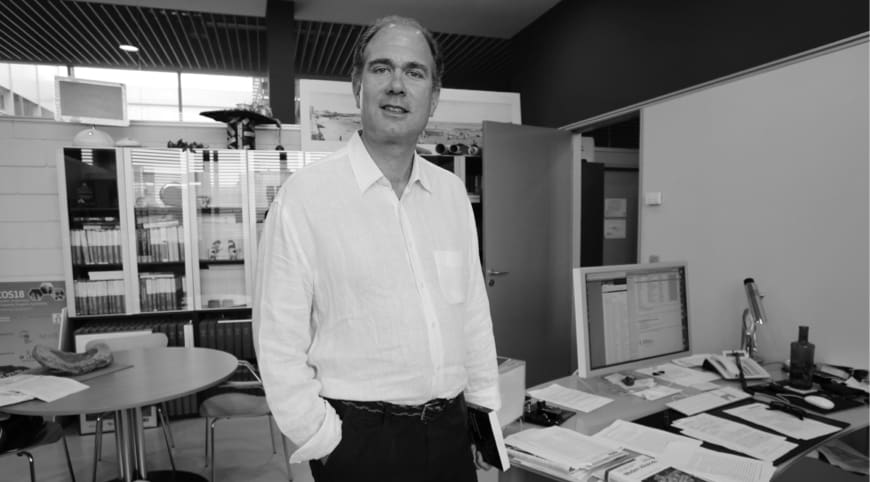An Iodine Catalyzed Hofmann-Löffler Reaction
Iodine reagents have been identified as economically and ecologically benign alternatives to transition metals, although their application as molecular catalysts in challenging C![[BOND]](http://onlinelibrarystatic.wiley.com/undisplayable_characters/00f8ff.gif) H oxidation reactions has remained elusive. An attractive iodine oxidation catalysis is now shown to promote the convenient conversion of carbon–hydrogen bonds into carbon–nitrogen bonds with unprecedented complete selectivity. The reaction proceeds by two interlocked catalytic cycles comprising a radical chain reaction, which is initiated by visible light as energy source. This unorthodox synthetic strategy for the direct oxidative amination of alkyl groups has no biosynthetic precedence and provides an efficient and straightforward access to a general class of saturated nitrogenated heterocycles.
H oxidation reactions has remained elusive. An attractive iodine oxidation catalysis is now shown to promote the convenient conversion of carbon–hydrogen bonds into carbon–nitrogen bonds with unprecedented complete selectivity. The reaction proceeds by two interlocked catalytic cycles comprising a radical chain reaction, which is initiated by visible light as energy source. This unorthodox synthetic strategy for the direct oxidative amination of alkyl groups has no biosynthetic precedence and provides an efficient and straightforward access to a general class of saturated nitrogenated heterocycles.

C. Martínez, K. Muñiz
Angew. Chem. Int. Ed. 2015, 54, 8287-8291
DOI:
Go to the journal

Let's create a brighter future
Join our team to work with renowned researchers, tackle groundbreaking
projects and contribute to meaningful scientific advancements



















